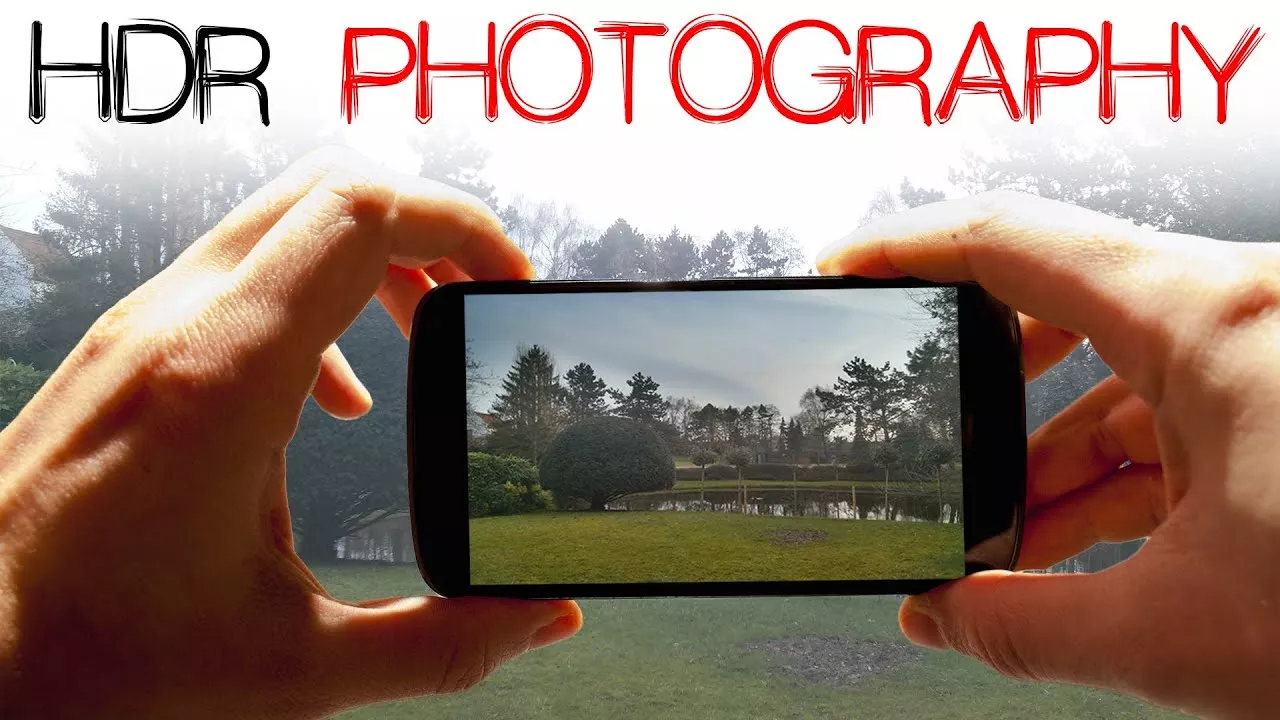More and more photography features available on smartphones. For example, Nightscape, Bokeh, and others but there is one feature that has actually been available for a long time to beautify the quality of images, namely HDR. The HDR feature is usually available directly on the smartphone camera interface.

When To Take HDR Photos on a Camera Phone?
During this time many users may not know the exact function of the HDR feature. Most of those who accidentally activate HDR mode or are in the Auto HDR position get a longer photo taking process than usual.
The smartphone camera is seen taking photos three times but produces just one photo. What is the function of the HDR feature? HDR or High Dynamic Range is a camera feature that also has long existed in DSLR type cameras.
The HDR feature makes the camera capture photos with high color contrast, for example the brightest and darkest colors when capturing photo objects. HDR technology then combines the results of these photos to produce photos with the best color contrast.
The way this feature works is by uniting three photos into one photo. No wonder the process of taking photos using the active HDR feature will take a little longer but the quality of the photos will be better than the standard mode.
However, the HDR feature must also be used at the right time or moment. If not, then the quality of the photos is not just bad but also strange. Following this Medcom.id quotesLifehacker on moments using the right HDR features.
1. When capturing landscape
Photos in landscape or landscape mode for example in a horizontal position allow smartphone cameras to capture more photo objects including photos of environmental or building conditions and the sky. It is usually very difficult for a camera to get photos with the right level of brightness.
In this condition the HDR feature can really help users get a balanced photo color. The results of images in HDR mode are usually able to present the brightness of the sky that is not too bright but also the color of the object image such as buildings or the environment that is not too dark.
2. Light conditions are too bright
Light does make the color of a photographic object can be stronger and can be captured by the camera easily. On the other hand these conditions can also cause very dark shadows on photo objects, for example photographing someone’s face exposed to sunlight.
Rather than being confused putting the focus position of the camera to get bright colors. The HDR mode can be activated to automatically try to produce photos with the color and brightness level that you want.
3. Low light conditions or backlight
In dark conditions, HDR mode can also help users produce bright photos with color quality that is still beautiful or meets aesthetic elements. HDR mode can also be an alternative to Nightscape or Low-Light mode when taking photos at night.
Now, you already know that HDR mode can help you take better quality photos in a number of conditions. Furthermore, it should also be known moments that are not recommended for using HDR mode.
1. Many moving objects
Don’t use HDR mode to capture moving photo objects. How it works HDR cameras will capture moving objects and cause a blur or shaded effect.
2. Striking photo objects
The HDR mode makes it easy to take photos in very dark and very bright conditions. However, when there is a very striking or vivid color on the object, the color will most likely be seen to fade in the photo.
3. High contrast moments
Some conditions or moments usually offer a very high contrast between dark and bright. On several occasions this moment can also produce good photos. If the HDR mode is forced under these conditions, the resulting images can actually be less attractive.
